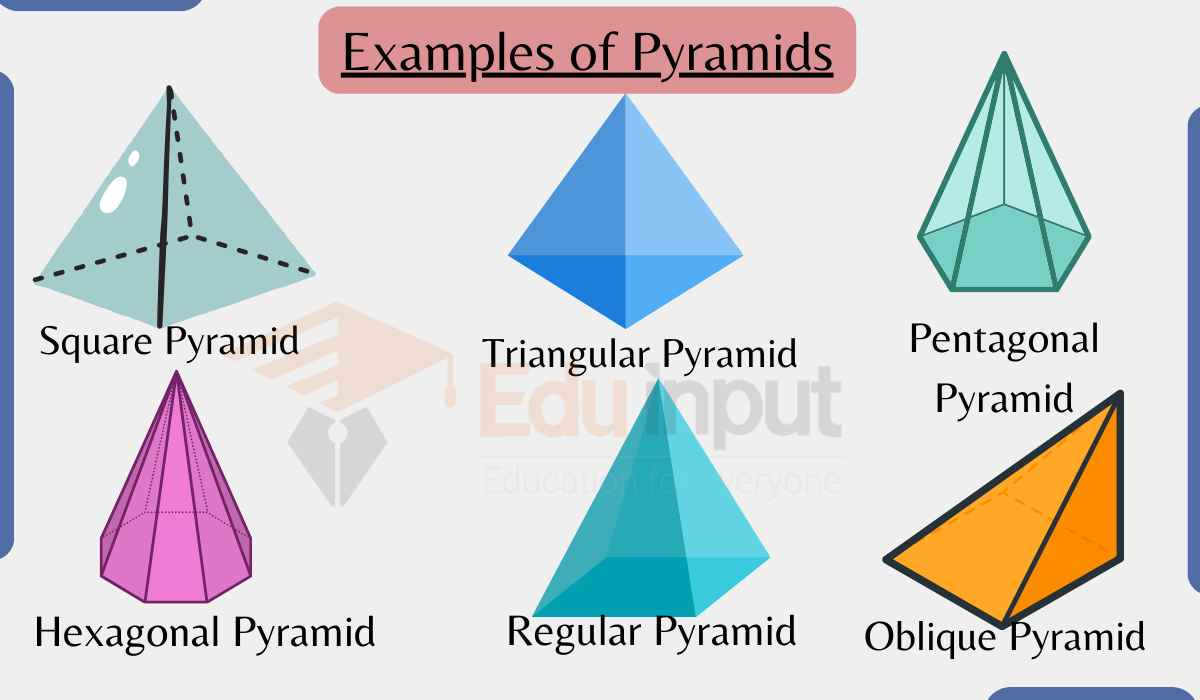10 Examples of Rate of Change
Rate of change is a fundamental concept in mathematics that measures how one quantity changes concerning another. It plays an important role in various mathematical and scientific applications, helping us understand the dynamics of change.
In this article, we will discuss ten examples of rate of change in mathematics.

Examples of Rate of Change
These are 10 examples of rate of change.
1: Velocity
In physics, the rate of change of an object’s position with respect to time is its velocity.
For example, if a car travels 60 miles in one hour, its velocity is 60 miles per hour (60 mph).
2: Population Growth Rate
Rate of population change measures how the population size changes over time.
It is often expressed as a percentage increase or decrease in population over a specific time period.
3: Stock Price Change
In finance, the rate of change of a stock’s price is a critical indicator for investors.
It shows how quickly the stock’s price is increasing or decreasing.
4: Derivatives
In calculus, the derivative of a function measures the rate of change of the function concerning its independent variable.
5: Chemical Reaction Rates
In chemistry, reaction rates measure how quickly reactants transform into products.
6: Economic Growth
Rate of economic growth measures the increase in a country’s Gross Domestic Product (GDP) over a specific period.
7: Interest Rates
Interest rates indicate the rate at which money grows in a savings account or the rate at which a borrower must pay back a loan.
8: Temperatures
Rate of change in temperature over time is used to describe weather conditions and predict changes in climate.
9: Gradient in Geography
Rate of change of elevation over distance is known as the gradient. It is used to describe the steepness of slopes and the flow of rivers.
10: Bacterial Growth Rate
Rate of bacterial growth measures how quickly a bacterial population multiplies.






Leave a Reply